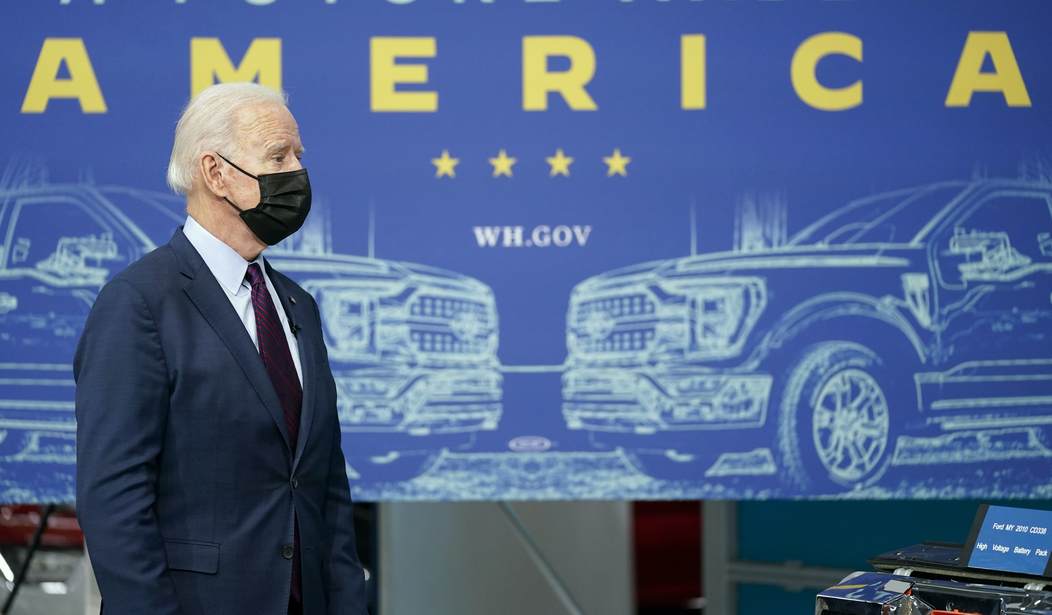A fire broke out inside the Gateway Energy Storage facility on May 15 and the lithium-ion batteries stored there continue to reignite despite the pouring of 5 million gallons of water in an attempt to extinguish the blaze.
The simple truth is that firefighters and fire departments across the country are behind the curve in learning how to fight fires started by EV car batteries, or other lithium-ion batteries in electronics, toys, wireless headphones, handheld power tools, small and large appliances, and electrical energy storage systems.
If putting out the fire wasn't difficult enough, the burning batteries give off lethal amounts of hydrogen cyanide gas that can kill in large concentrations in a matter of minutes.
So the fire at the storage facility near San Diego is causing enormous problems for local fire departments. It's estimated that another 7-10 million gallons of water will be needed to finally extinguish the fire.
You would think that the federal government would be setting off alarm bells to light a fire under research institutions to find a way to combat the problem. The Wall Street Journal reported in November 2023 that "Numerous companies are also developing solid-state batteries, thought to be safer than their liquid-based cousins. Victoria Hutchison, a senior research project manager with the NFPA Fire Protection Research Foundation, said those have been discussed for years but still aren’t being sold at scale."
In five years, there are going to be twice as many EVs on the road than today and they still haven't figured it out. Did anyone mention to Biden and his green team that this was a huge problem? If someone did, it was probably the same guy who assured Biden that we've got plenty of EV charging stations.
Lithium-ion batteries release their own oxygen when they burn, meaning they can reignite hours or even days after the original fire has been doused. Firefighters thought they had the Otay Mesa storage facility fire under control several times, only to see the fire reignite and burn just as hot as before.
Crews from the San Diego Fire Department helped the Otay Mesa department fight the fires. This is likely to be a scenario that repeats itself across the country.
Last November, I wrote "We can be fairly certain that big and medium-sized cities will be able to keep up with all the latest techniques and products when it comes to fighting EV fires. But what about small towns with their volunteer fire departments? They might see one EV fire every two or three years. Training them up on how to fight an EV fire should be a priority for the Biden administration."
A sidebar to that Otay Mesa fire: There's another lithium-ion battery storage facility being planned for North County near Escondido. This one would be near a residential neighborhood,
“It really needs to be located in an industrial area," said Joe Rowley, a former Sempra executive. “Developers should do a better job of selecting sites that make sense."
“The main concern is that lithium-ion batteries are well known for catching fire spontaneously, it’s called 'thermal runaway.' When these fires ignite, they release a toxic chemical plume and the fires are extremely difficult to put out," said Rowley.
“These project are needed in order to aid our transition to green energy, so the projects have to be sited somewhere. But the Escondido site is completely surrounded on all sides by residences and also there’s a major hospital just 1600 feet directly down wind. That’s just a recipe for disaster," he said.
Perhaps we should figure out how to put the damn fires out before we spend a trillion dollars building these widow-making batteries.










